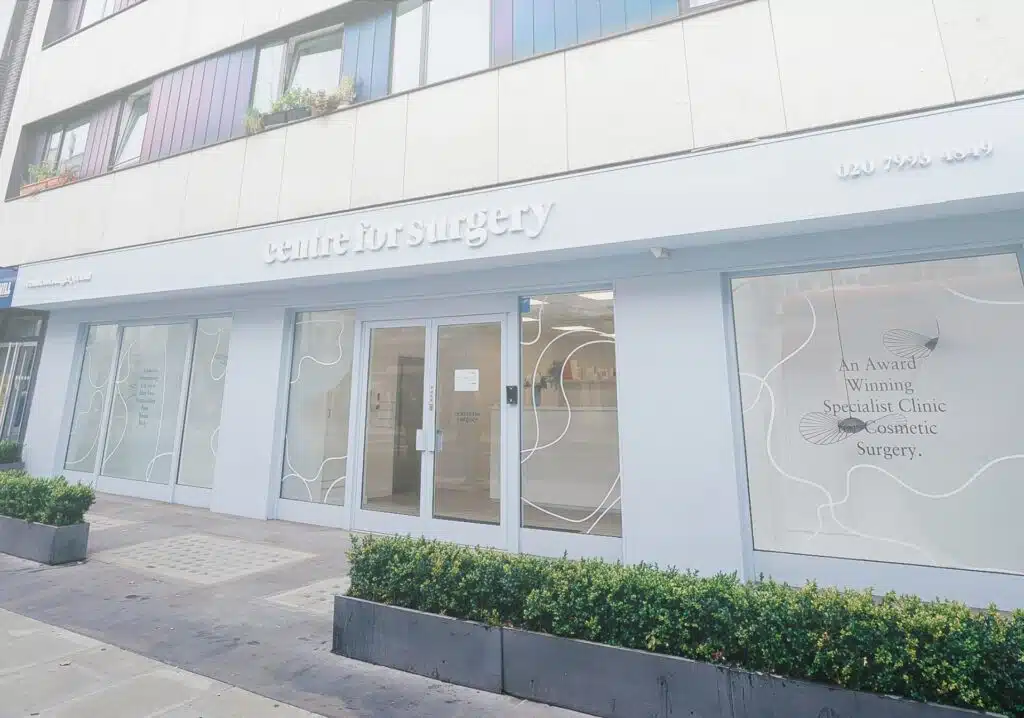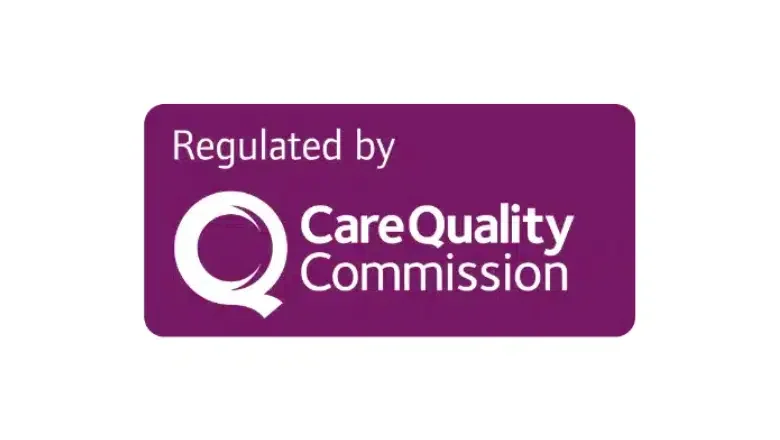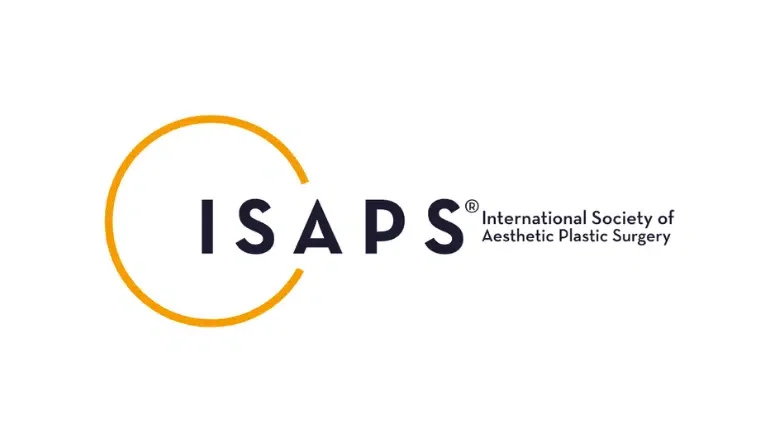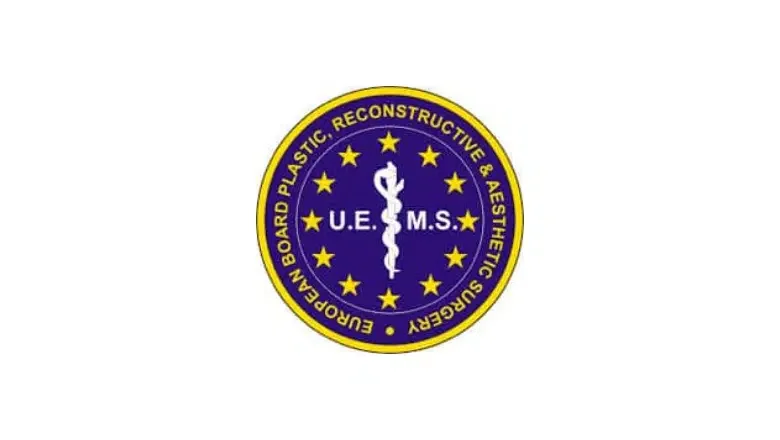Top Tips for Getting Better Sleep After a Facelift Surgery
As we age, we seek ways to counteract the effects of time, from using magic potions to undergoing cosmetic facial procedures. One such procedure that has gained popularity in recent years is the facelift and mini facelift procedure, which aims to restore a more youthful appearance to the face. However, like any surgical procedure involving tissue manipulation, it requires a proper recovery period to achieve optimal results. Sleep is an essential part of the recovery process after a facelift, as it helps boost the immune system, repair damaged tissue, and reduce inflammation and pain levels. Unfortunately, getting a good night’s sleep during the post-operative stage can be challenging. In this article, you will discover more about facial rejuvenation, the recovery process, and tips on how to get better sleep during this crucial period.
Understanding Facelifts: Rejuvenating Your Appearance
As we age, the effects of time begin to take their toll on our skin, leading to sagging facial tissues that can affect our self-image, relationships, and even our careers. A facelift is a facial rejuvenation procedure that can lift and tighten sagging facial tissue, giving a more youthful and vibrant appearance that can have you retiring your turtlenecks and scarves for good.
Facial rejuvenation is a way to turn back the hands of time and is recommended if you have any of the following concerns:
- Droopy jowls and/or fading jawline
- Sagging skin folds between your nose and mouth (nasolabial folds)
- Visible lines between your mouth and chin (marionette lines)
- A double chin
- Saggy neck skin and/or midface drooping
During the facelift surgery, excess sagging skin is removed, smoothing your skin folds and lifting your deep facial tissues into a more youthful contour. A neck lift (platysmaplasty) may also be done with your facial rejuvenation procedure to remove any sagging skin around your neck.
Recovering After a Facelift: What to Expect
A facelift is a complex procedure that requires the expertise of a skilled plastic surgeon and is typically performed under general anaesthesia at our Baker Street clinic. After your facelift, one of your primary concerns may be how long it will take to look presentable, as unlike other cosmetic procedures, the face cannot be covered by clothing.
RELATED: Facelift Recovery – top tips
Your facelift incisions will be covered with bandages to provide protection and gentle pressure to reduce bruising and swelling. It is normal to experience bruising and swelling after a facelift, which typically peaks around two days following your surgery. At your one-week follow-up appointment, your plastic surgeon will remove any bandages or sutures, and you will likely notice that your bruising and swelling have started to fade. By two weeks post-surgery, they should be barely noticeable.
RELATED: How to Reduce Bruising and Swelling after Facelift
While facial rejuvenation can take between two and four hours, the recovery process may take anywhere from two to four weeks. Sleep is a vital part of your facelift recovery, and how you sleep can significantly impact the final results. Follow your plastic surgeon’s instructions regarding what sleeping position to adopt initially and how to sleep comfortably following your facelift procedure. By following these guidelines, you can ensure a smoother recovery and optimal results.
RELATED: Exercise after Facelift Surgery – top tips
The Best Sleeping Position After a Facelift: What You Need to Know
After facial surgery, it’s crucial to give your body the rest it needs to recover fully. However, it’s essential to consider the best sleeping position for optimal healing.
For facelift patients, the ideal sleeping position is on your back with your head slightly elevated. If you’re used to sleeping on your tummy or side, it’s wise to practice your new sleeping position a couple of weeks before your surgery for a smoother transition.
Avoid sleeping on your side or front in the first few weeks after your facial surgery, as this can increase swelling and prolong your recovery period. It can also cause friction to your face, which can aggravate the healing tissues at the facelift site.
Recliners are an excellent option for maintaining the ideal sleeping position without the risk of tossing and turning. Alternatively, using extra pillows can achieve similar results. Prop pillows beneath your head to keep your chin slightly extended, and place additional pillows under both arms to prevent you from turning over while you rest.
Make sure to continue sleeping on your back even after the recovery period ends. Our plastic surgeons recommend this as a good habit to adopt as it relieves back pain, helps you breathe better, and promotes better sleep overall. By following these guidelines, you can ensure a smoother recovery and optimal results.
How to Sleep Comfortably after Facelift Surgery
Resting well after a facelift is crucial for the healing process, but anxiety, discomfort, and adjusting to new sleeping positions can make it challenging. To ensure a good night’s sleep, follow these suggestions and tips:
- PLAN AHEAD – Before your surgery, tidy your home, prepare meals, and wrap up any work matters. Create a comfortable sleep environment by setting up your bed with extra pillows and keeping essentials like medications, headphones, and chargers nearby.
- KEEP CALM – Remember that initial bruising and swelling after a facelift are normal and not indicative of the final result. Avoid stressing over your appearance, as stress can negatively impact sleep quality and vice versa. Be patient with the recovery process.
- CONTROL SWELLING – Swelling can cause discomfort during sleep. Use cold compresses wrapped in a cloth to alleviate swelling by applying them gently to your face for 15-minute intervals, with breaks in between. Avoid direct ice contact with the skin to prevent burns.
- STAY MOVING – While strenuous activity is not recommended after surgery, light movement is beneficial for circulation and mood. Remaining inactive can cause restlessness and soreness, preventing quality sleep.
- AVOID CAFFEINE – Caffeine, found in coffee, energy drinks, and black tea, can disrupt sleep, especially when combined with pain medications or antibiotics. Opt for herbal tea at night to help you relax and sleep better.
- MAINTAIN CLEANLINESS – Dried blood or fluid on your face can cause irritation and discomfort during sleep. Gently clean these areas with a damp cloth, but always consult your surgeon for specific instructions.
- SEEK SUPPORT – Enlist the help of a partner, family member, or friend during your recovery. Their assistance with tasks like driving to appointments, managing household chores, and helping with medications can alleviate stress and allow you to focus on healing. This support can contribute to a more comfortable and restful sleep as you recover from your facelift surgery.
Sleep Post-Facelift: Common Questions Answered
CAN I DAMAGE MY FACELIFT?
Sleeping in the wrong position can cause pressure on the incision site, potentially irritating facial tissues or reopening sutures. Not following your surgeon’s instructions can increase the risk of infection and hematomas (blood collections outside blood vessels), which are serious complications. Always adhere to your surgeon’s advice.
HOW PAINFUL IS A FACELIFT?
Pain is typically at its worst two to four days after the procedure, and your facial movements may be limited. Your doctor will prescribe pain medications to help alleviate discomfort and improve sleep quality.
HOW DO I CARE FOR MY FACE AFTER A FACELIFT?
To care for your face, sleep on your back with your head elevated, wear the prescribed elastic wrap sling, apply cold compresses to swollen areas, avoid makeup or products on the surgical site, and follow your surgeon’s post-operative care instructions.
WHEN CAN I RESUME NORMAL SLEEPING POSITIONS AFTER A FACELIFT?
It’s recommended to sleep on your back for the first few weeks following your surgery. You can return to your usual sleeping position around four weeks after the procedure.
HOW LONG DO FACELIFT RESULTS LAST?
Facelift results typically last around 10+ years, though they are not permanent. To maintain your results, sleep on your back, stay in good health, and practice proper skincare post-surgery.
RELATED: Are facelift results permanent?
Why choose Centre for Surgery for your facelift procedure?
Centre for Surgery is a top plastic surgery clinic that offers a range of cosmetic and medical procedures. Choosing Centre for Surgery means you can expect experienced and skilled surgeons, state-of-the-art facilities, personalised care and attention, a comprehensive consultation process, a focus on patient safety and satisfaction, exceptional aftercare and support, and transparent pricing and financing options.
Before scheduling a consultation, it’s important to conduct thorough research and learn more about the specific procedure you’re interested in. While a medical referral is helpful, it’s not required for purely cosmetic consultations. However, if you seek a consultation for medical reasons and have private insurance, obtaining a referral from your GP or specialist is recommended.
To maximise the benefits of your consultation, arrive a little early, bring a friend or family member to assist you, be prepared to undress for a physical examination, take detailed notes, and carefully review all provided documents. If you’re seeking more information before scheduling a consultation, you can learn more about pricing, medical payment plans, and financing your surgery, or request additional information by contacting Centre for Surgery.
To schedule a consultation at Centre for Surgery’s Baker Street clinic, you can contact us or call on 0207 993 4849. If you prefer to seek more information before scheduling a consultation, you can also arrange a phone call with the clinic.










